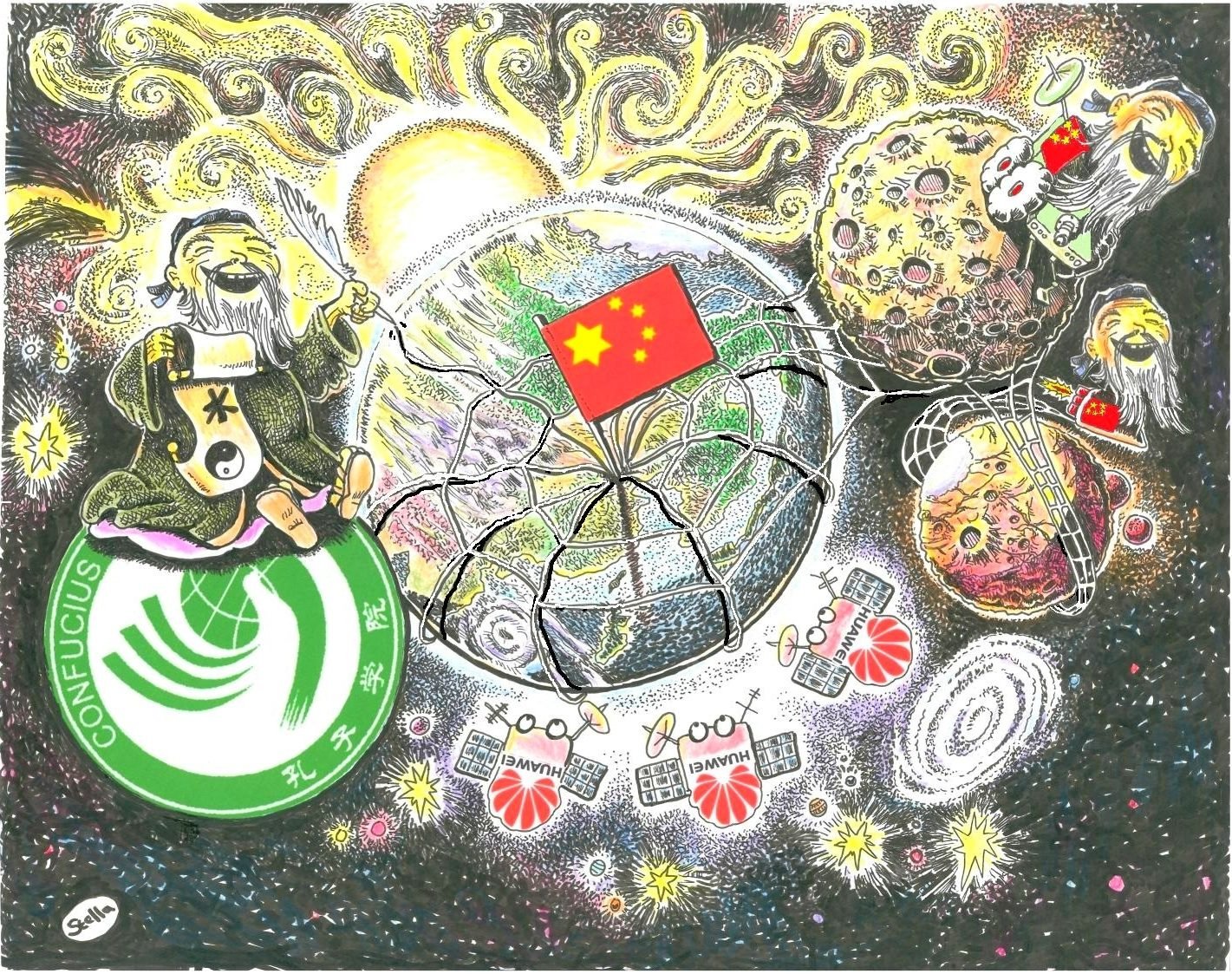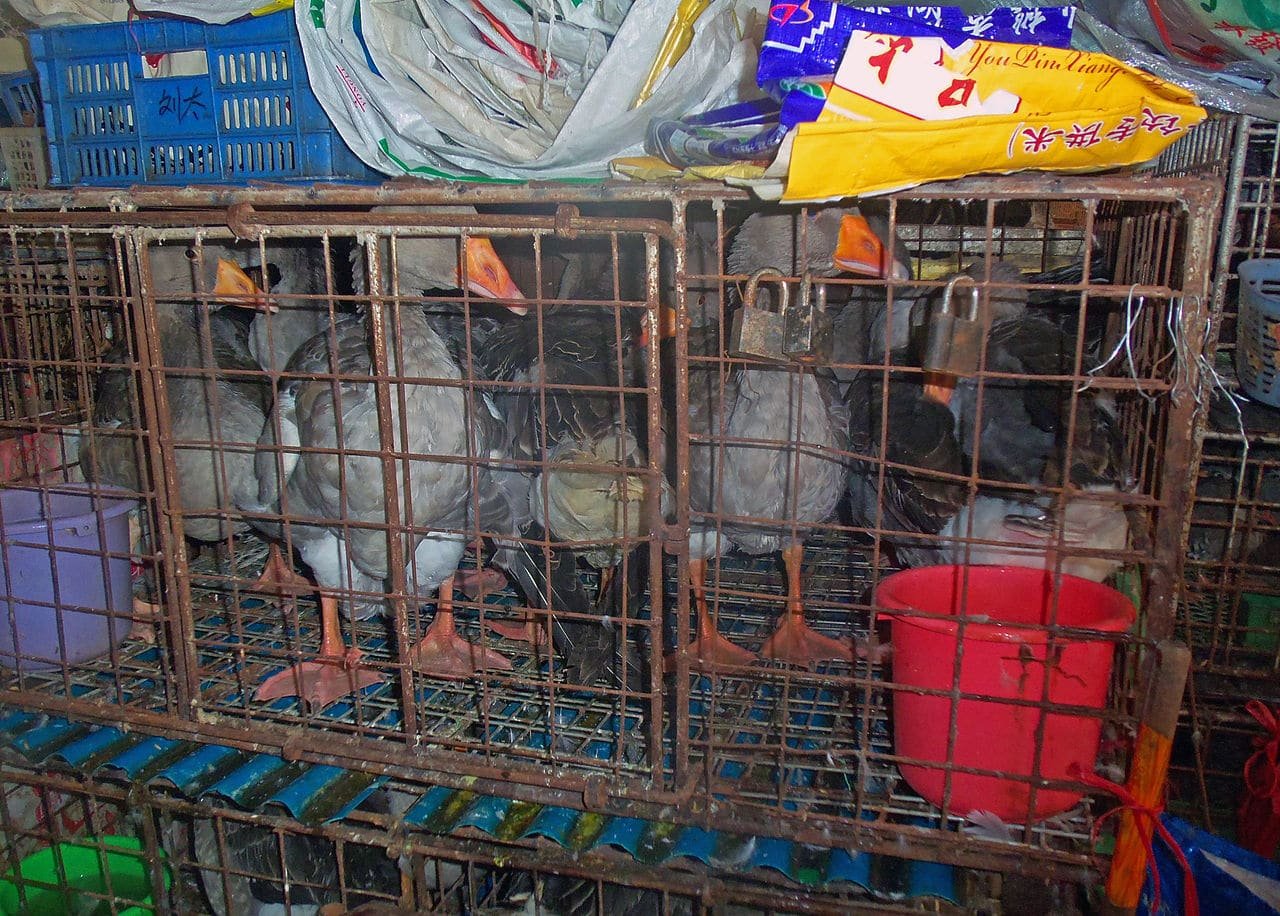In recent months, China’s crackdown on the Uyghurs of northwest China’s Xinjiang province has ramped up, with Uyghur people being detained en masse.
China’s heavy-handed rule over the Muslim minority Uyghurs of the Xinjiang Province in northwest China has taken a further authoritarian turn of late. In recent months, thousands of Uyghurs in the region have been detained without due cause. Many of these arrests have been for offences such as sharing ‘extremist’ content. Radio Free Asia (RFA) reports that many of those detained have been placed in ‘re-education camps‘ in order to assimilate Uyghurs into mainstream Chinese culture and in the ways of Xi Jinping thought. The local Communist Party officials have also built what are known as ‘Convenience police stations‘ to monitor the actions of the local Uyghur population.

Though the region is nominally autonomous, this autonomy has been eroded severely in recent times. When Communist Party Secretary Chen Quanguo was appointed to oversee the region in August 2016, a crackdown on the Uyghurs began almost immediately. A comprehensive surveillance apparatus was set up in the region, severely curtailing freedoms. The internet, phones and other forms of communication and media were monitored by Communist Party officials, ostensibly in the name of preventing ‘extremism’ in the region. Increasingly, this has taken the form of preventing Uyghurs from practising the Muslim faith. Measures which have been taken by the Communist Party in this regard include banning fasting during Ramadan, banning Islamic clothing including the headscarf and more. In the case of banning Islamic clothing, one woman was sentenced to ten years’ imprisonment for ‘promoting the wearing of headscarves‘.
A recent report from CNN shows that Communist Party officials are now also conducting ‘live-ins‘ within Uyghur households in the region. During these live-ins, Uyghur households are required to host Communist Party officials for an indefinite period. The residents are quizzed on their loyalty to the Communist Party and are subject to an extensive search of their homes. Efforts to repress the Uyghur people have gone international. Increasingly, the Chinese government is targeting dissidents abroad by detaining their families who live in China. Uyghur activists such as Zhuang Liehing, whose case was reported on in the New York Times, have been threatened by Communist Party officials and had their families detained. Mr Zhuang had been posting images on Facebook, detailing the police crackdown within Xinjiang Province.
Why is the Chinese government going to such lengths to suppress the Uyghur population of Xinjiang province? To understand why this is taking place, it is necessary to know the history of the region and relations between the Chinese and the Uyghurs.
Chinese-Uyghur Conflict: The Background
Historically, the Uyghur people have aligned themselves culturally more with the surrounding Central Asian nations such as Kazakhstan, Afghanistan, Kyrgyzstan and Tajikistan than that of China. A look at the map below shows that the Xinjiang province where the Uyghur people reside borders eight countries. The Uyghur speak a Turkic language similar to those of the Central Asian nations, and they are a primarily Muslim people. Xinjiang, which means ‘frontier‘ in Mandarin, has only been under the control of the Chinese since the mid 19th century. Before this time, the Uyghur people of the region had far more autonomy and intermittent independence outright.

Part of the reason for this conflict occurring is economic: Xinjiang province is situated in a strategically and economically important part of China. The region is abundant in resources including gold and uranium. As China’s economy grows exponentially, its need for energy has grown with it. Xinjiang is an ideal place to harvest renewable energy, such as nuclear, solar and wind energy. The region is also situated along the famed Silk Road trade route. In the last few years, China has embarked on an ambitious investment program known as the One Belt One Road initiative. The traditional Silk Road route is central to realising China’s ambitions in this regard.
There is also a racial element to the conflict. In recent decades, millions of Han Chinese have been sent to the region, as China seeks to take advantage of economic opportunities in Xinjiang Province. To increase their influence in the region, the Chinese government has sought to engage in the process of Sinification, visibly increasing the Chinese presence in the region. Between this and the political crackdown, a small number of Uyghur have become militant, resisting the Communist Party by force.
Eminent scholar Jerry Cohen likens to the situation in Xinjiang to that of Nazi Germany, where dozens of his relatives were detained, tortured and killed under a similarly totalitarian regime. The connection between the totalitarian ideology of the Chinese Communist Party and modern-day surveillance technology has resulted in a terrible degradation of human rights for the Uyghur people. It also serves as a warning for what is possible by an illiberally-minded government in the 21st century. Though the Chinese economy has liberalised, its political process has not. This is a pattern that can be seen in many authoritarian regimes the world over. Turkey’s treatment of its minority Kurdish population is a perfect case in point.

The situation in Xinjiang represents an abhorrent abuse of human rights on a systemic scale. Scant international attention has been paid. This is understandable to a degree – it is becoming increasingly difficult for Westerners to obtain information about China, as the government cracks down on media within the country. It is important, however, that as the world engages more deeply with China, it is aware of how the country operates – particularly in regards to situations like that with the Uyghur people.






Thank you for bringing attention to this crisis. I am glad to see One Belt One Road mentioned as the current impetus for the increasingly harsh measures and the consequential human rights violations. But there is a minor factual error and a major omission: 1) Error. "Xinjiang, which means ‘frontier‘ in Mandarin, has only been under the control of the Chinese since the mid 19th century." 18th century is when the region submitted to the Qing Dynasty and when Xinjiang (as it is today) was formally created. And as you mentioned, various Chinese dynasties have controlled the region intermittently since the 2nd century BC. 2) Omission. While it may not be necessary to delve into the overall Xinjiang conflict dating back to the Soviet-backed rebellion, it is important to discuss the Islamic jihadists, terrorist attacks, and involvement of Al-Qaeda, ISIS, and even Turkey which was brought up about Kurds but no mention of their support for Uyghur fighters. Uyghurs still make up 45% of the population there and their oppression will lead to a chronic genocide like the Native Americans. Since 16 police officers died in the 2008 Kashgar Attack, a media blackout has been implemented. International human rights groups need to be let into the area to monitor at the very least. <3 SOURCE: https://en.wikipedia.org/wiki/Xinjiang_conflict